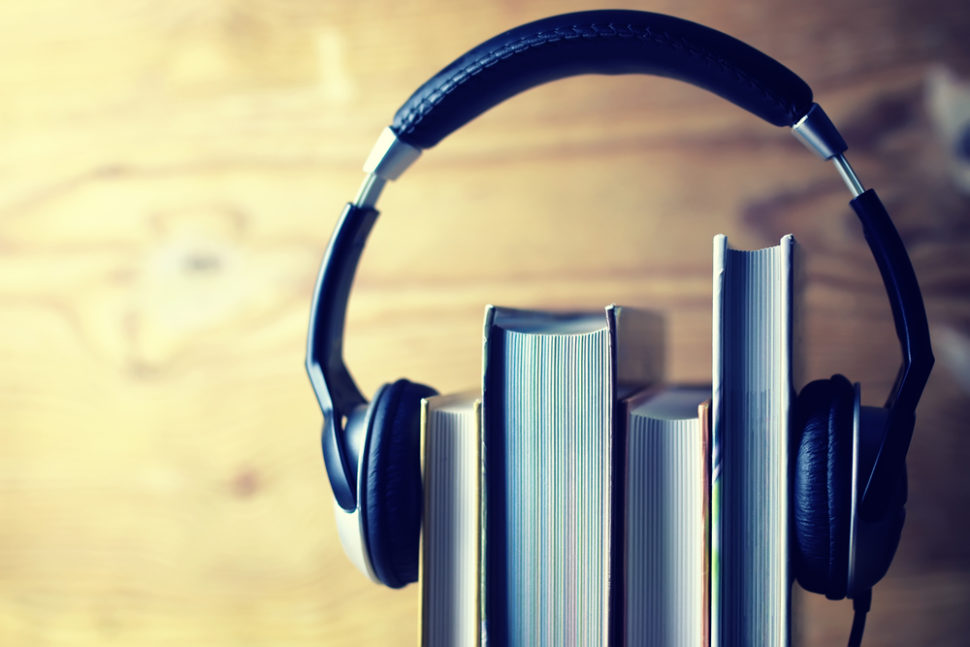Audiobooks are booming. While the significant shift to audiobooks occurred back in 2018, the trend doesn’t seem to be slowing down.
According to Forbes, about 50 percent of Americans between age twelve and older have listened to audiobooks. That’s not surprising, considering the convenience that the format offers.
Yet, book snobs would insist that reading literature is far superior to listening to an audiobook. They may even go as far as saying reading is the only way to absorb information from a material.
In a 2016 YouGov study, researchers discovered that only 10 percent of people in the United Kingdom believe that listening to an audiobook is the same as reading a physical version. What’s more, most of the respondents think it’s a lesser form of culture.
But, a recent study suggests otherwise.
According to neuroscientists at the University of California, Berkeley, the same cognitive and emotional part of the brain are stimulated whether a person listens to an audiobook or reads them.
In a statement, lead author of the study and neuroscience researcher, Dr. Fatma Deniz said:
“At a time when more people are absorbing information via audiobooks, podcasts and even audio texts, our study shows that, whether they’re listening to or reading the same materials, they are processing semantic information similarly.”
Researchers had always known that a few brain regions were activated the same way when you hear a word and read the same word, said Deniz. However, the researcher didn’t expect the strong similarities in the meaning representation across an extensive network of brain regions in both these sensory modalities.
Audiobooks Can Trigger the Same Part of the Brain as Reading It
For the study, the researchers got nine volunteers to listen to stories from “The Moth Radio Hour,” a popular podcast broadcast on BBC. Then, they asked the participants to read the same stories.
The researchers scanned the participants’ brains during both conditions – listening and reading – to compare brain activities. Not only were they identical, but the researchers also noted that specific words activated some parts of the brain.
These include words that are visual, numeric, tactile, locational, mental, violent, emotional and social.
Thanks to the brain maps, which covers about 33.3 percent of the cerebral cortex, the researchers were able to accurately predict which word would activate which part of the brain.
The researchers also believe that the word maps have other clinical applications. For example, health professionals can use it to compare language processing in people with stroke, epilepsy, impaired speech, or dyslexia.
Dr. Deniz noted:
“If in the future, we find that the dyslexic brain has rich semantic language representation when listening to an audiobook or other recordings, that could bring more audio materials into the classroom.”
The researchers published their paper in the Journal of Neuroscience.



















Comments (0)
Most Recent